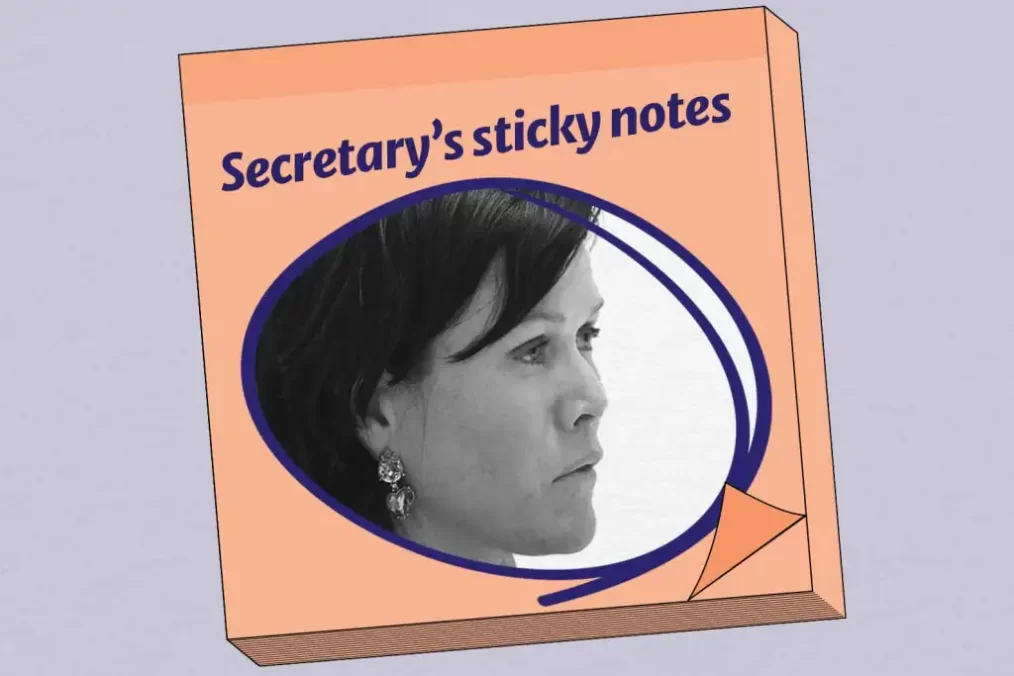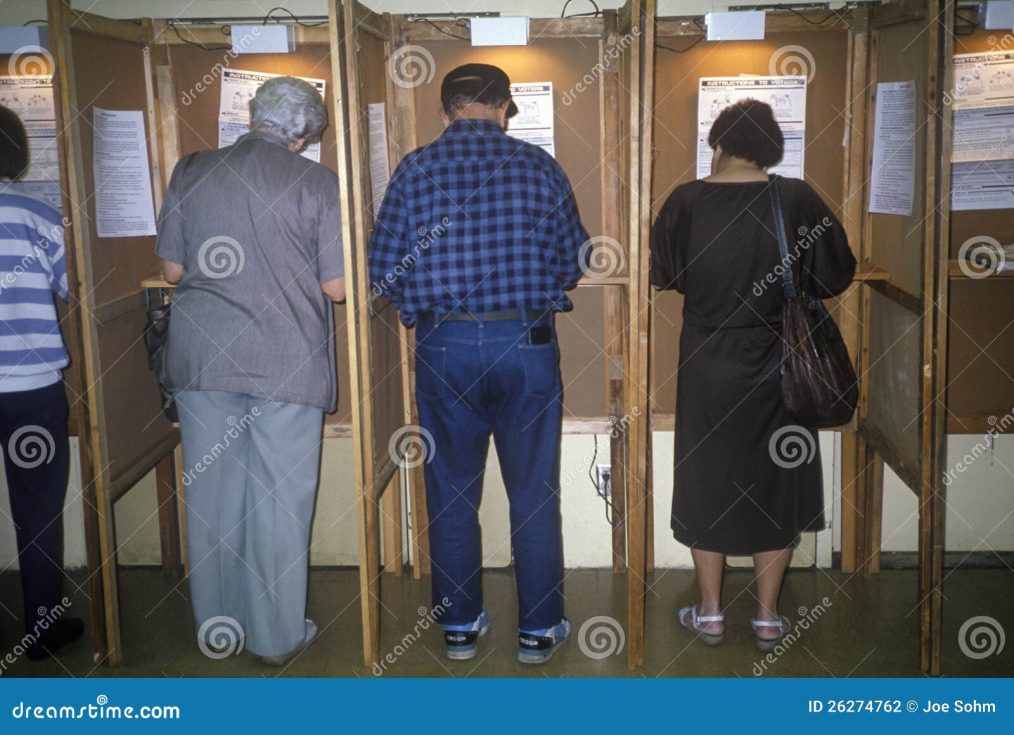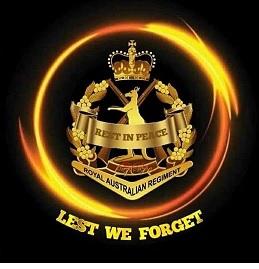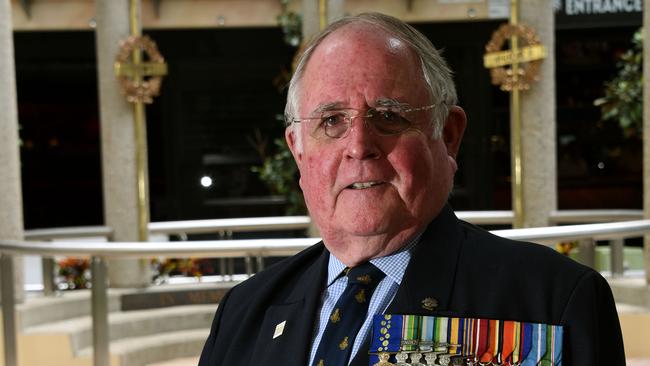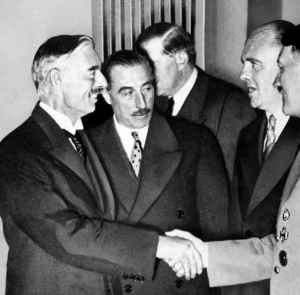This is just so pertinent and well written…..
From Mike O’Connor/ Courier Mail
As a child I would sit for hours with my grandmother on the wooden bench seats circling the main arena at the Ekka and watch the sheepdog trials.
Occasionally, an errant sheep would prop and stubbornly refuse to be intimidated by the dog’s constant urging and cajoling but in the end the dog always won and the flock allowed itself to be herded into the pen.
We’ve become like the sheep at the Ekka, constantly herded, urged and cajoled into accepting positions that governments tell us are good for us without bothering to ask us what we think. The latest victims of herding are Victorians who with Dodgy Dan Andrews snapping at their heels have been told they can’t have gas stoves in their new houses.
Anyone with an IQ exceeding their shoe size knows that this will have zero effect on the world’s environment, but don’t argue. Just do as you are told.
Farmers throughout the eastern states are being herded into submission by power companies threatening to compulsorily acquire sections of their land holdings to allow the construction of giant transmission towers on their properties. These lines could be run underground but this would be more expensive so, sorry, we’re going to trash the value of your property because it’s cheaper for us that way. Don’t argue. Just get out of the way as we march towards net zero.
Net zero will never happen in the lifetime of anyone reading this but the sheepdogs have worked themselves into an absolute frenzy, racing from one side of the paddock to the other as they herd us into the belief that we can attain the unattainable. All that is required is a blind acceptance of the absurd.
In the cities and suburbs, we are being herded into the belief that we need taller and taller apartment buildings, crammed wall to wall in defiance of the planning restrictions imposed by neighbourhood development plans to solve the “housing crisis.” Can you recall a city council election in which the parties campaigned on a platform of promising to ignore planning restrictions, cram as many apartments as possible into any given space and comprehensively ignore any effect on the quality of life of ratepayers so that developers could make lots more money and the council could rake in extra fees and rates? Neither can I. Don’t argue. Just roll over and cop it with the council safe in the knowledge that any sheep that refuse to budge will be forced into the pen by the massive expense involved in challenging these decisions in the courts.
The sheepdogs had a great time during Covid, police officers and health officials snapping and snarling at our heels as they herded us into our homes, threatening dire consequences for those sheep who refused to go into the pen, in a blatant, nationwide abuse of power.
We are now being gradually herded towards an acceptance of converting place names from English to Indigenous dialects. Why? Is that what the majority of the population wants? I can’t recall being asked.
The sheepdogs have also barked and wheedled us into enduring and accepting endless welcome-to-country ceremonies. Why? It’s my country. I don’t need to be welcomed to it. I was born here. My parents were born here. It’s mine and I object to being treated as a stranger in my own home.
The Voice campaign stands out as one of the greatest herding scenarios since the first sheepdog trotted down a gangplank in old Sydney Town and started harassing terrified sheep way back when. Much to the surprise of the dogs, however, more than one sheep has stood its ground and refused to be herded into the Yes pen. This was not supposed to happen. When the dogs snapped at their hindquarters the flock was supposed to trot into the pen without question. For daring to stare down the dogs, holding their ground and refusing to be cajoled and bullied, they have been branded as very bad, un-Australian sheep.
The extension of government power into our lives, the presumption that we will meekly submit to being told what we must accept without question, has been incremental. We are snowed in with faux science, directed to “do the right thing”, toe the line, feel the “vibe” – whatever that might be – and generally cop anything that Big Brother says is good for us.
Quite frankly, I’ve had a gutful of it.


